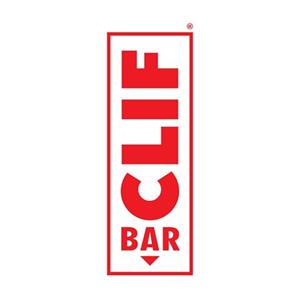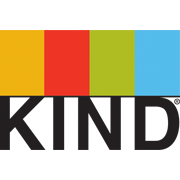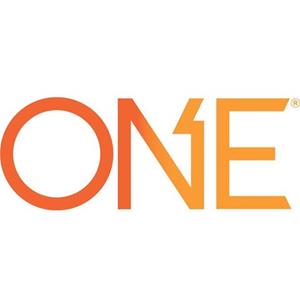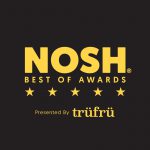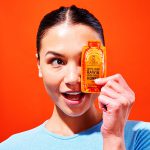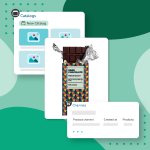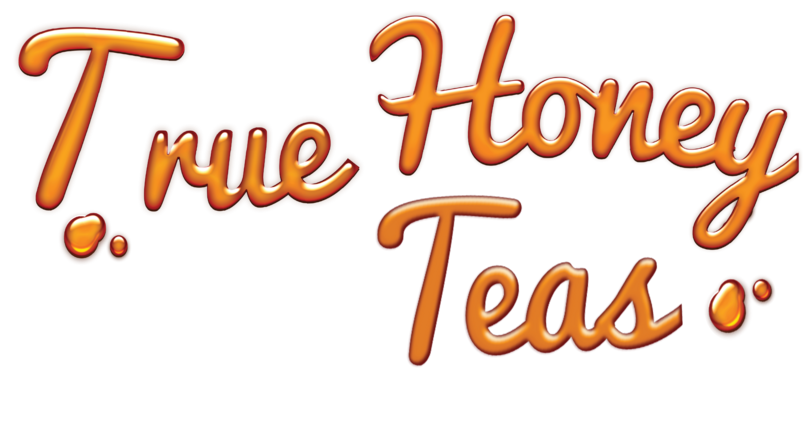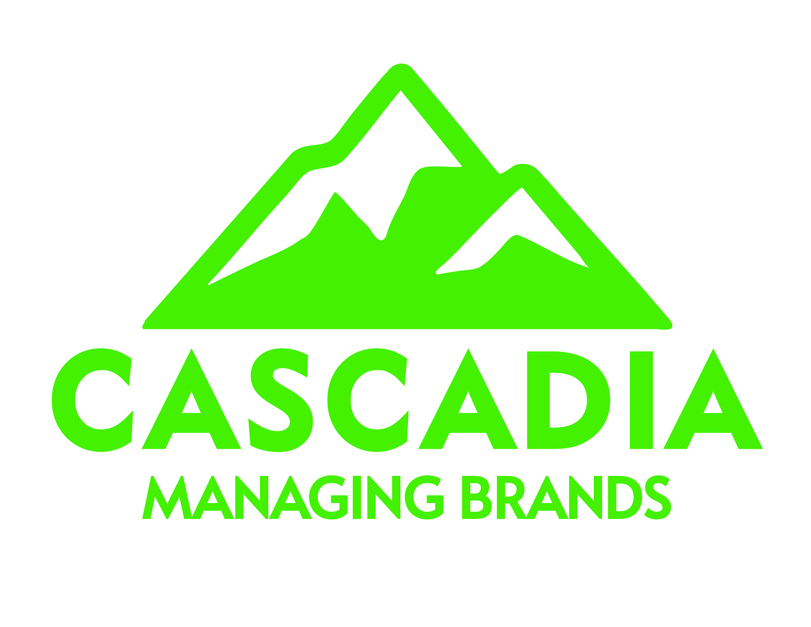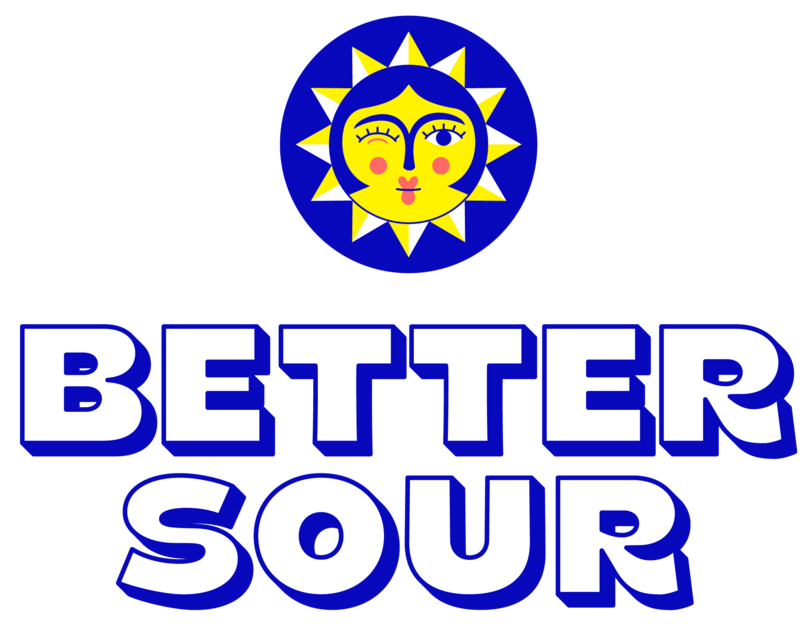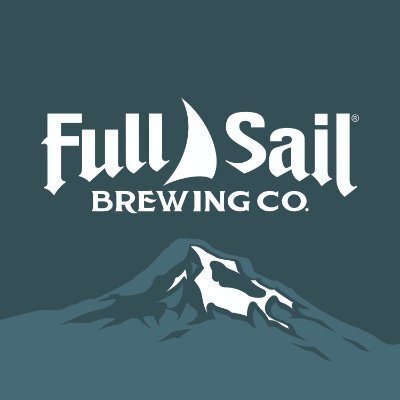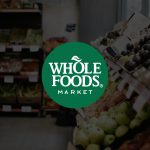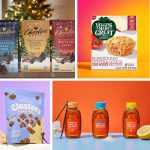Bar Wars: Mondelēz, Kellogg’s Recent Moves Reveal A Battleground Category
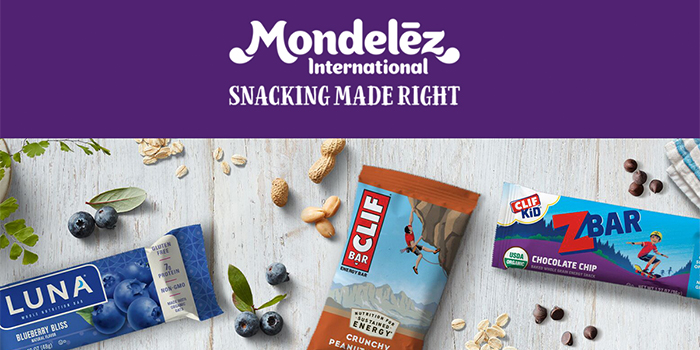
Global snack giant Mondelēz International announced that it will buy The Clif Bar Company for at least $2.9 billion last week. While the move marks a significant step in the company’s plan to reshape its portfolio, it also aligns the strategic with one of the oldest and largest brands in the crowded bar space. Once the Clif deal closes, expected by Q3 2022, the eight leading nutrition bars brands in the U.S. will be owned by large CPG conglomerates.
What does this mean?
The Clif deal is set to position Mondelēz at the top of the U.S. nutrition bar category, which is projected to grow 5% to $16 billion by 2030, according to Mondelēz. Clif is currently the leading nutrition bar brand in terms of dollar sales and is projected to make the food giant a “$1 billion global snack bar player” with its three banners – CLIF, LUNA and CLIF Kids. The move also gives Mondelēz a foothold in Clif’s categories beyond bars including salty snacks, energy shots and plant-based pet treats.
The bar maker joins a portfolio that also includes refrigerated bar Perfect Snacks, which has generated $77 million sales to-date, growing nearly 24% in the 52-week period ending June 12, according to IRI, and U.K.-based bar brand Grenade, which it acquired last fall and is currently the leading nutrition bar in Europe.
Mondelēz’s competitors are also making moves. Kellogg’s, the parent company of RxBar and NutriGrain, announced last week its portfolio will be split into three standalone companies with the largest segment of that division, temporarily dubbed Global Snacking Co. solely dedicated to the space. The restructuring aims to prioritize the highest growth drivers within its current business and also recognize that consumer preferences are shifting and aligning on a global scale, according to Kellogg’s.
While the top bars may all now be owned by the big guys, that doesn’t mean there isn’t space for newcomers, said Peter Burns, Managing Partner at Sunrise Strategic Partners. He noted that while the “heydays” of heavily funded bar startups is likely over, Burns, who helped orchestrate One Brand’s sale to Hershey’s in 2019, believes there is still plenty of white space in the category due to ever-evolving consumer interests.
“It’s certainly a crowded category, but the ones that have true points of difference and the ones that are well-funded, have a good distribution strategy and can be patient in today’s world, will survive,” stated Burns.
But that doesn’t mean they will remain independent forever, either. Mondelēz’s M&A activity is far from over, said VP of Global Communications, Tracey Noe. The global snack giant will continue reshaping its portfolio to prioritize brands that offer long term sustainable growth and have the ability to cater to changing and evolving consumer interests, interests that may be better catered to by an entrepreneurial newcomer than an established brand’s line extension.
For example, Mondelēz jumped on the opportunity to acquire emerging chocolate and cracker maker Hu last year, prompted when the brand, which Mondelēz had invested in, received a competing offer. Additionally, NuSkool snacks, an entrepreneurial low-sugar, low-carb, protein bar, has already garnered support from Mondelēz’s venture and innovation hub SnackFutures, earning a spot in the inaugural ‘class’ of its CoLab accelerator program. The program offers emerging brands 12-weeks of business growth curriculum, and a $20,000 grant, and recently returned for its second year, but this time without a single bar brand on the roster.
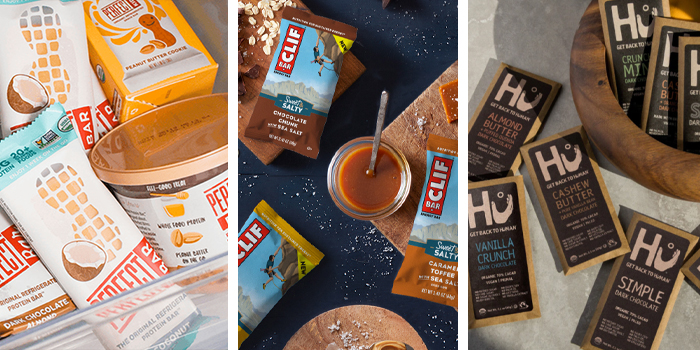
What does the category mean to large CPG players?
According to Burns, the high-velocity category presents an opportunity to continue growing and refining a brand so long as its balance sheets were kept in order throughout the upheaval of the pandemic. He said that both large and small players must prioritize focused growth and expects some of those who don’t simply won’t make it through the second half of the year. This is why he believes, to play among the big guys within the current environment, you may already need to be one of them.
“I think big CPG right now is more focused on supply chain, ingredients, inflation, price increases – they’ve got enough to do with their own family – so if they’re going to be looking to make an acquisition, it’s going to be on a bigger scale with brands that are not only scaling above $100 million in revenue, but also have to be in that 15% EBITDA profit picture,” he said.
The category itself is increasingly garnering higher price tags when it comes time for acquisitions too. Clif’s acquisition came in at a premium price compared to similar, recent deals (3.6 times its prior year sales), said Credit Suisse analysts Kaumil Gajrawala, Keith Devas and Theo Brito in a report.
For comparison, KIND’s sale to Mars at $5 billion in 2020 was 3.1 times its prior year sales, and Quest Bar’s $1 billion sale to The Simply Good Food Company (Simply) in 2019 totaled 2.9 times its prior year sales. According to the analysts, investors in the latter bar brand conglomerate have also questioned whether Simply should be viewed as a candidate for acquisition, with “Mondelēz the most frequently mentioned” potential acquirer.
Simply owns both Quest, which is now valued at about $2 billion, and legacy bar brand Atkins. The analysts believe the two brands present a stronger growth opportunity, compared to Clif. Despite Quest’s lower sales and distribution, the brand’s velocity is 14% higher and shows strong brand momentum.
“Quest has higher topline growth but the Atkins business should not be ignored [either],” said the three analysts in a recent report. “The benefits of recent innovations are starting to show with sales in tracked channels growing +19% sequentially in the last three months (March-May). Importantly, the brand caters to different consumption occasions and draws in a different customer base than Quest, limiting cannibalization.”

